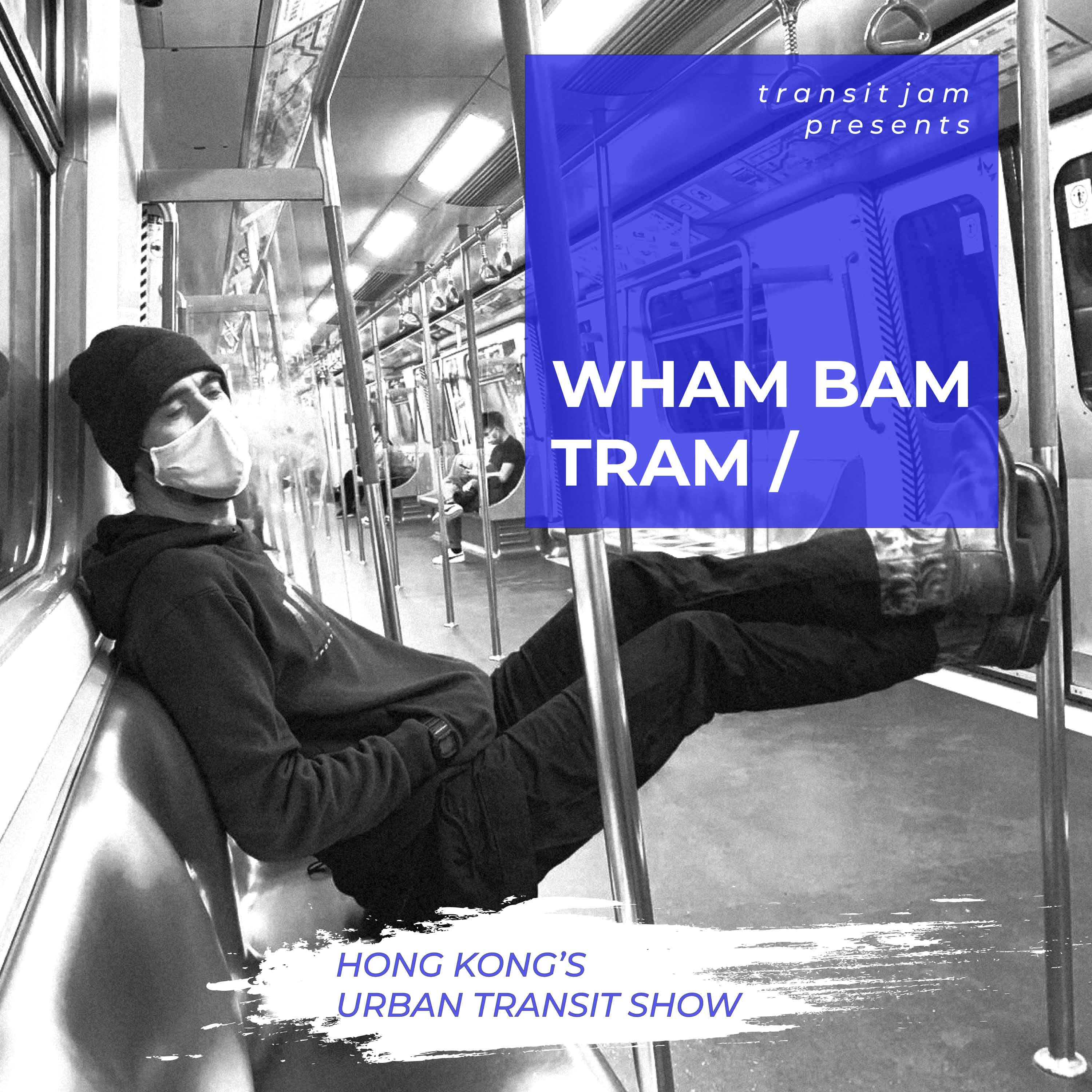
Nine-year-old Ella Adoo-Kissi-Debra died in London in 2013, with air pollution now marked as an official cause of death
A young girl who died after an asthma attack has become the first person in the UK to have “air pollution” listed as a cause of death, a ruling London’s mayor called a “landmark moment” for air quality and which Hong Kong air campaigners say can inspire new action.
Ella Adoo-Kissi-Debrah died in 2013 following a severe asthma attack, which a London coroner’s court yesterday found was caused by “excessive” levels of pollution.

Rosamund Adoo-Kissi-Debrah, Ella’s mother, says Low Traffic Neighbourhoods have worsened air quality in her district
Ella lived in Lewisham, southeast London, nearby the busy South Circular Road, and had suffered multiple breathing issues and seizures before her death. The nine-year-old had been admitted to hospital 27 times.
The district suffers high levels of NO2 pollution, around two-thirds of it caused by road traffic: and while London as a whole breached NO2 limits around 100 times last year, experts say the pollution breaches are worse in poorer areas.
Coroner Philip Barlow said levels of NO2 near Ella’s home exceeded World Health Organization and European Union guidelines.
Hong Kong’s Clean Air Network (CAN) says the ruling may inspire new legal actions against governments on clean air issues. “As the family of Ella takes this forward, we can see how this judgement could inspire or set a new benchmark for other jurisdictions,” says Patrick Fung, CEO of CAN.
London and Hong Kong share a similar legal limit for NO2, the pollutant that contributed to Ella’s asthma and which ultimately killed her: but in 2019 Hong Kong saw more than 3.6 times the number of limit breaches recorded by London, with 325 breaches by three roadside stations in Central, Causeway Bay and Central alone.
According to Fung, judges in Hong Kong have tended to avoid rulings on environmental damage to health and life, with courts claiming these are matters of policy not law. But Fung says the London ruling, plus his work in 2017 and 2018 against the government’s Air Quality Objectives review, shows there are potential legal challenges to be made in areas of policy formation, where government can be shown to be setting environmental law solely on practical and economic concerns while neglecting public health, he says.
Low traffic controversy
The BBC’s environment analyst Roger Harrabin said the ruling on Ella’s death would “heighten the debate about social equity in the UK,” noting that “The poorest tend to suffer the worst air, while – on a national basis – the richest tend to drive furthest.”
The ruling also adds fuel to the already fierce debate about the new “low traffic neighbourhoods” (LTNs) in London, a social distancing response that, according to London campaigner David Smith with Little Ninja UK, worsens pollution for poor and BAME (Black, Asian and minority ethnic) children, diverting traffic from richer streets.

Campaigner David Smith cycles through London with his young son. Smith says London’s new “green” schemes may harm poorer children (photo: Facebook)
“[LTNs] increase traffic congestion and vehicle emissions on the most polluted roads, widening the health equality gap between the most and least affluent communities,” Smith told told Transit Jam. “As the side roads have the higher car ownership this becomes an issue of social injustice with those least responsible suffering the greatest impact.”
Ella’s mother, Rosamund Adoo-Kissi-Debrah, has already spoken out against her local LTN: “This scheme is not improving air quality – it is making it worse. The low-traffic area in Lewisham has quadrupled traffic on the South Circular Road,” she told the Daily Mail in September 2020, calling on the UK’s Transport Secretary to ban the so-called “green” schemes.
Smith says the right thing to do is pause London’s LTN campaign “until assurances are in place that air pollution will not be further increased on main roads when LTNs are implemented.”
“We’ve known for years that poor & BAME children are disproportionately impacted by air pollution and that children who live on busy roads can have up to 14% reduced lung volume. London’s response has been to introduce clean air zones and ultra-low emission zones but the children who walk, wait, learn and play on/near illegally polluted main roads are still exposed to air that reduces their quality of life and life expectancy,” he says.
Green group Transport & Environment (T&E) says the ruling shows Ella’s death was avoidable “if governments had put the needs of vulnerable children first” and called for a new Clean Air Act to make air safe to breath.
“In the seven years since Ella died, nearly a quarter of a million other UK families have suffered tragedy as a result of vulnerable loved-ones breathing toxic air – four times more than those killed by Covid this year. In modern Britain this is inexcusable and preventable,” said Greg Archer, UK director at T&E and expert, to the death inquest.
Meanwhile David Smith says he is optimistic for positive change following Ella’s ruling. “What does this actually means for clean air campaigners in London and across the globe? Come back and ask me in six months and I’ll hopefully have some fantastic news to share,” he says.
Categories: Law and Enforcement, Policy, Transit





